Botanical Name: Althaea Officinalis
Common Uses: Cold, cough, gastric conditions, diarrhea
Marshmallow root is a mucilaginous herb with therapeutic applications in treating gastrointestinal conditions.
Traditional Use:
Marshmallow root, native to Europe, North Africa, and Asia, thrives in wet areas and is commonly found in marshes. It has been used for thousands of years for its medicinal properties, such as treating throat irritation, relieving throat and gastric ulcers, and soothing chapped skin or minor wounds.
Research Overview:
Marshmallow root is known for its mucilage, a sap-like substance that creates a soothing film over inflamed mucous membranes, such as the esophagus. In addition, Marshmallow root contains antioxidants, flavonoids, and vitamins. Studies have demonstrated its effectiveness in treating gastric conditions.
In a study published in the Antioxidants Journal researchers conducted a randomized controlled trial to investigate the effects of Marshmallow root on ulcers. The study aimed to evaluate its gastro-protective and antioxidant properties. The results showed that pre-treatment with the extract provided protection from ulcerations and maintained gastrointestinal mucosal integrity. Marshmallow root also demonstrated strong antioxidant properties and free radical scavenging activity, believed to be due to phytochemicals such as flavonoids and mucilage polysaccharides. Additionally, treatment with Marshmallow root resulted in the suppression of pro-inflammatory cytokines. These findings suggest that Marshmallow root could effectively prevent and treat ulcers due to its gastro-protective and antioxidant properties.
Interesting Fact: Marshmallow candy got its name from marshmallow root because candymakers originally used its sap to make confections, like marshmallows.
Sources:
Büechi, Samuel, et al. “Open Trial to Assess Aspects of Safety and Efficacy of a Combined Herbal Cough Syrup with Ivy and Thyme.” Complementary Medicine Research, vol. 12, no. 6, 2005, pp. 328–32. www.karger.com, https://doi.org/10.1159/000088934.
Deters, Alexandra, et al. “Aqueous Extracts and Polysaccharides from Marshmallow Roots (Althea Officinalis L.): Cellular Internalisation and Stimulation of Cell Physiology of Human Epithelial Cells in Vitro.” Journal of Ethnopharmacology, vol. 127, no. 1, Jan. 2010, pp. 62–69. ScienceDirect, https://doi.org/10.1016/j.jep.2009.09.050.
Fink, Careen, et al. “[Marshmallow Root Extract for the Treatment of Irritative Cough: Two Surveys on Users’ View on Effectiveness and Tolerability].” Complementary Medicine Research, vol. 25, no. 5, 2018, pp. 299–305. PubMed, https://doi.org/10.1159/000489560.
“Marshmallow.” Drugs and Lactation Database (LactMed), National Institute of Child Health and Human Development, 2006. PubMed, http://www.ncbi.nlm.nih.gov/books/NBK501839/.
Yarnell, Eric, and Kathy Abascal. “Herbs for Gastroesophageal Reflux Disease.” Alternative and Complementary Therapies, vol. 16, Dec. 2010, pp. 344–46. ResearchGate, https://doi.org/10.1089/act.2010.16611.
Zaghlool, Sameh S., et al. “Gastro-Protective and Anti-Oxidant Potential of Althaea Officinalis and Solanum Nigrum on Pyloric Ligation/Indomethacin-Induced Ulceration in Rats.” Antioxidants, vol. 8, no. 11, Oct. 2019, p. 512. PubMed Central, https://doi.org/10.3390/antiox8110512.

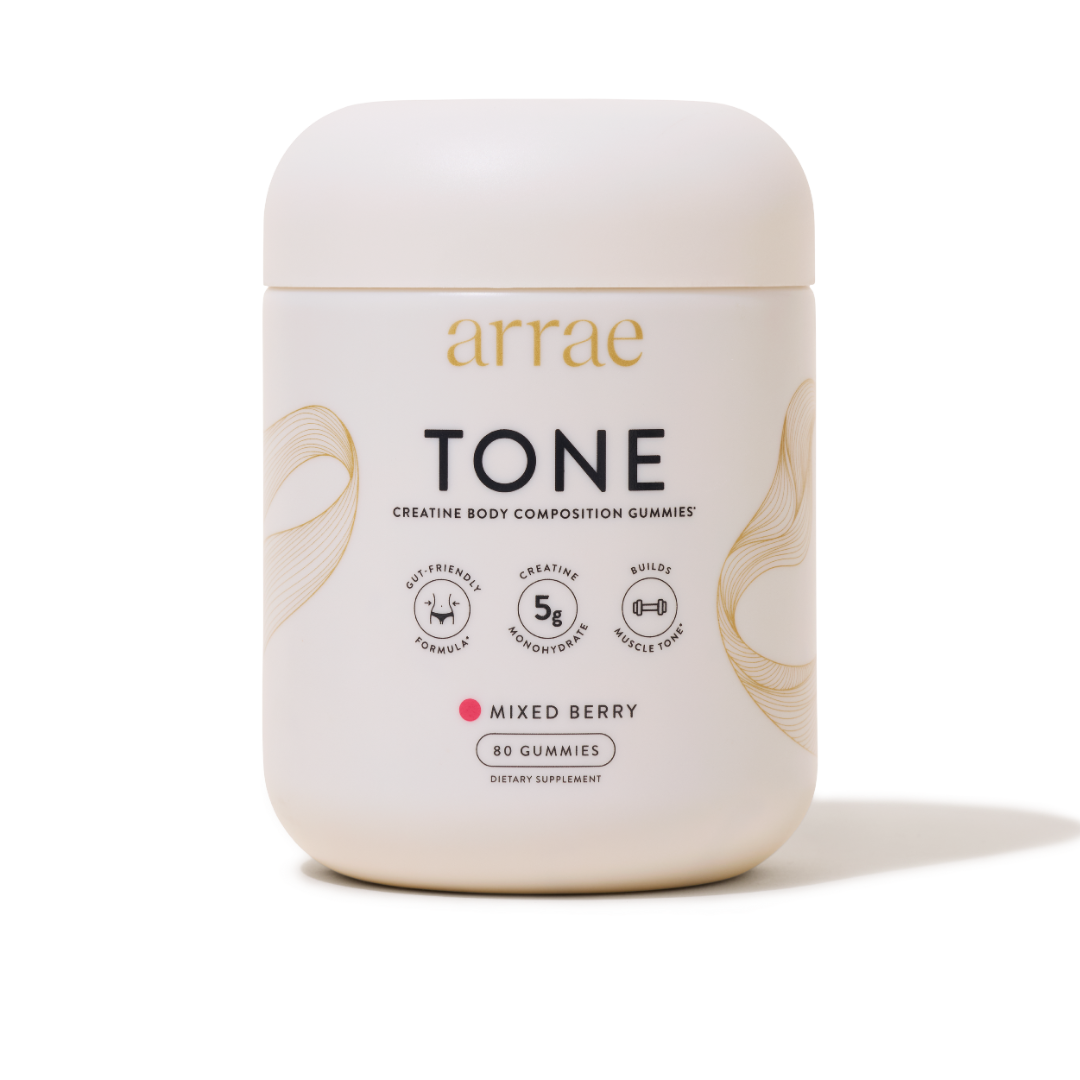
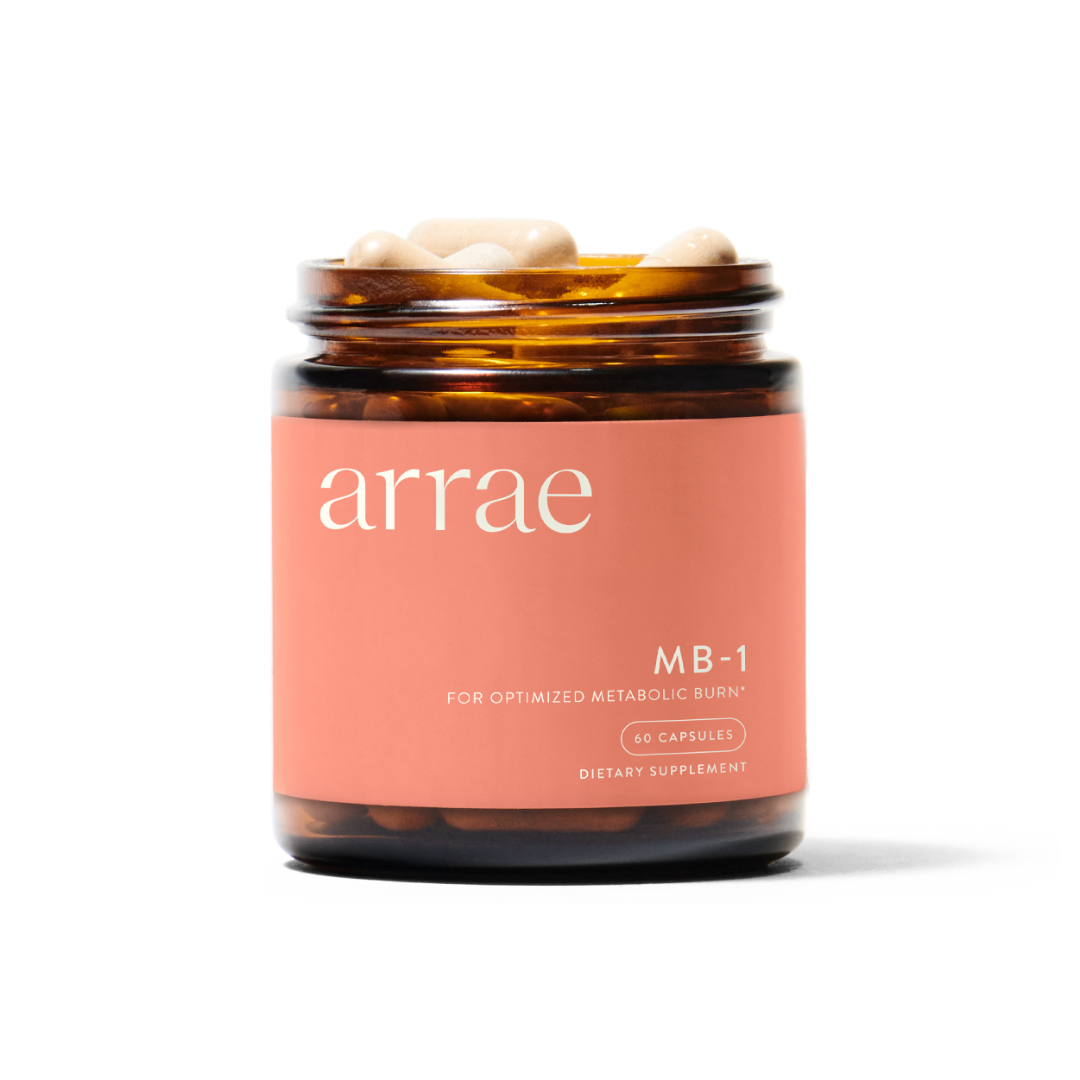
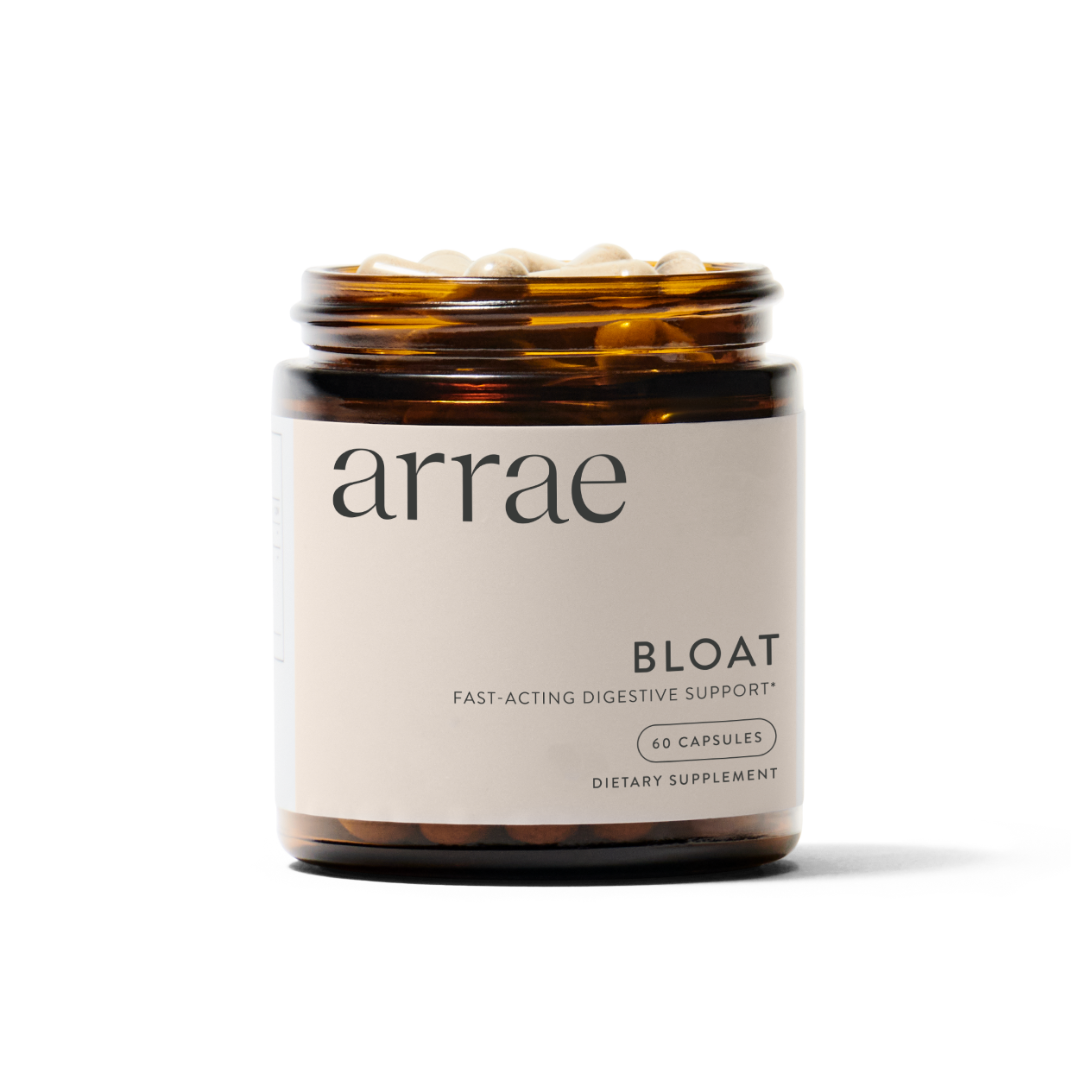
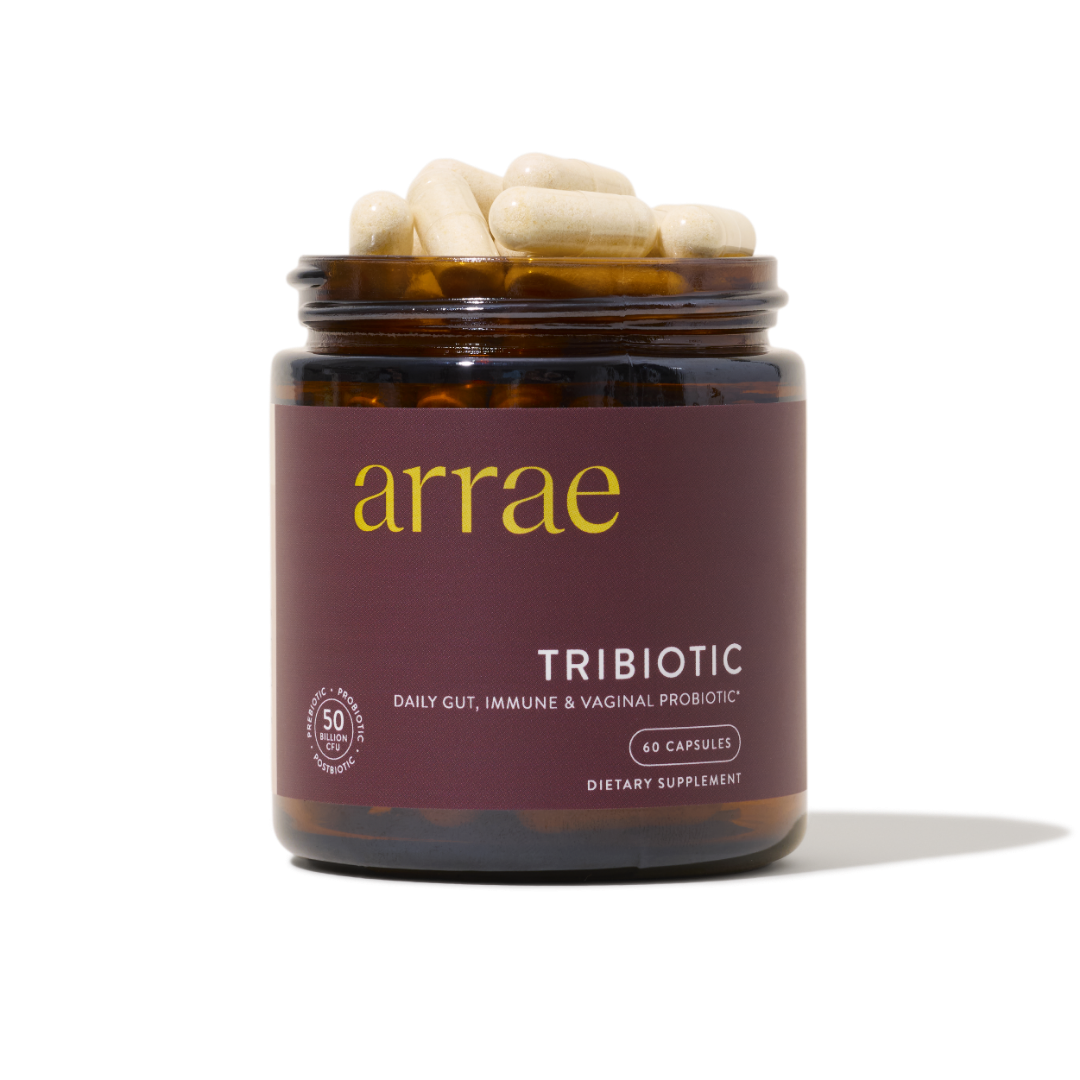


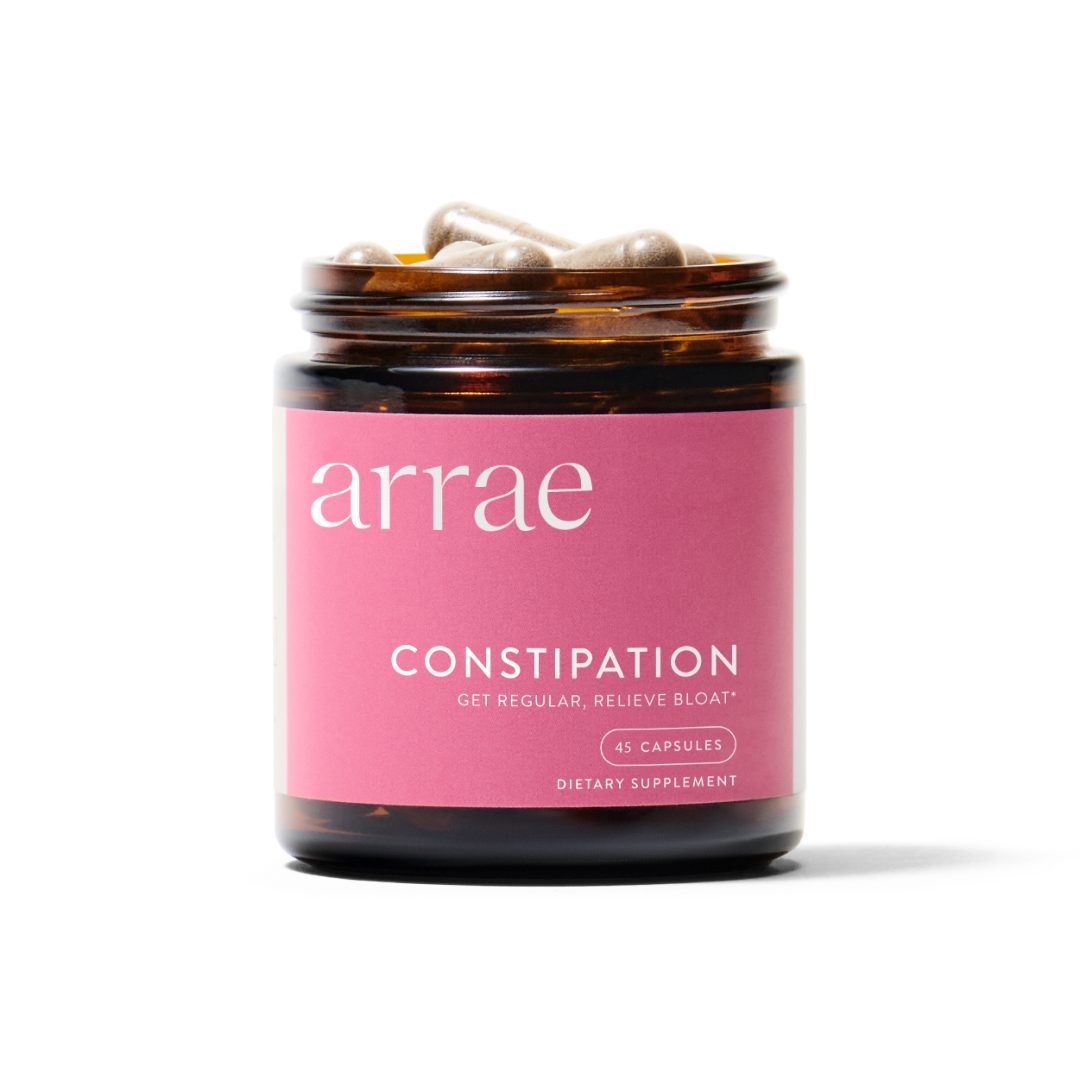
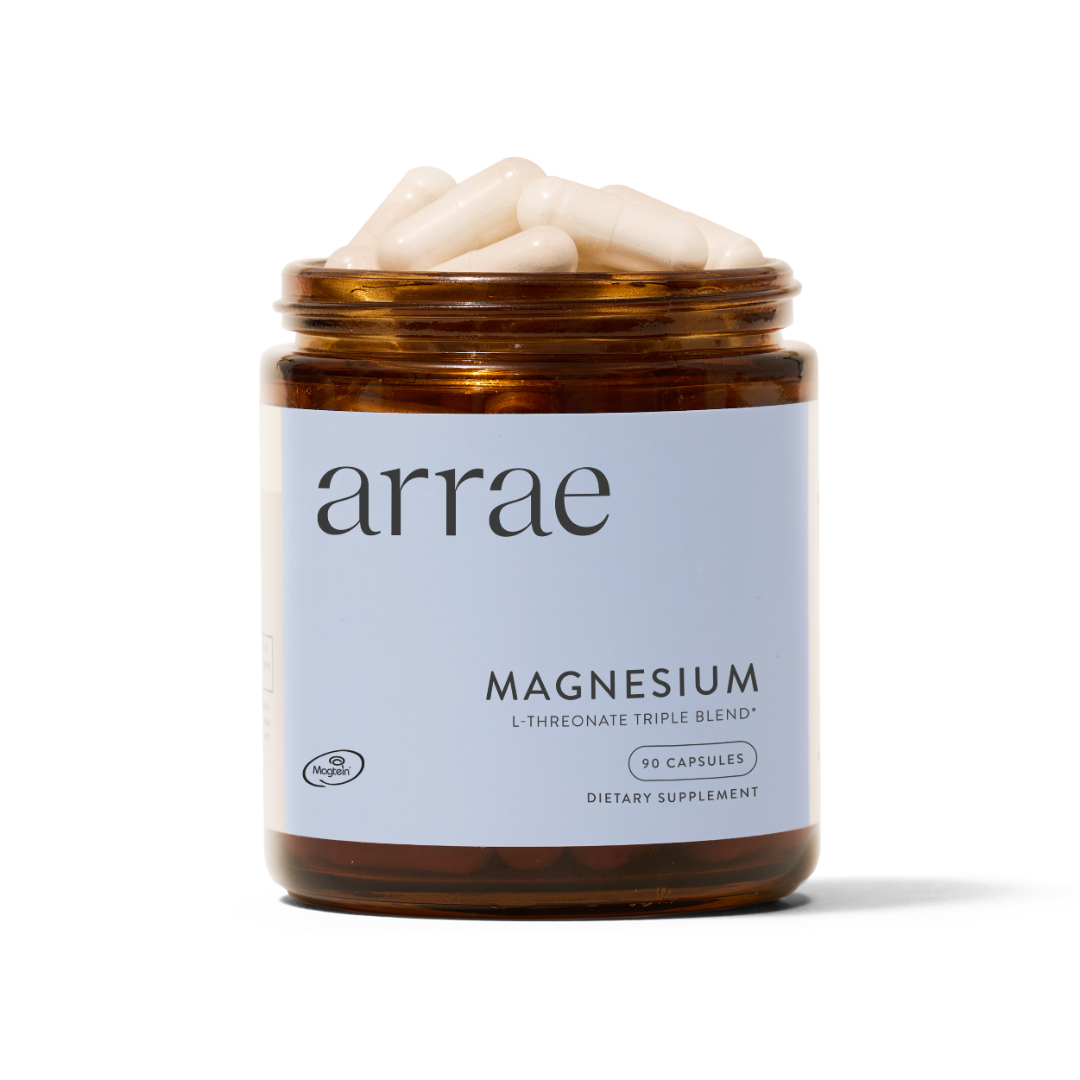
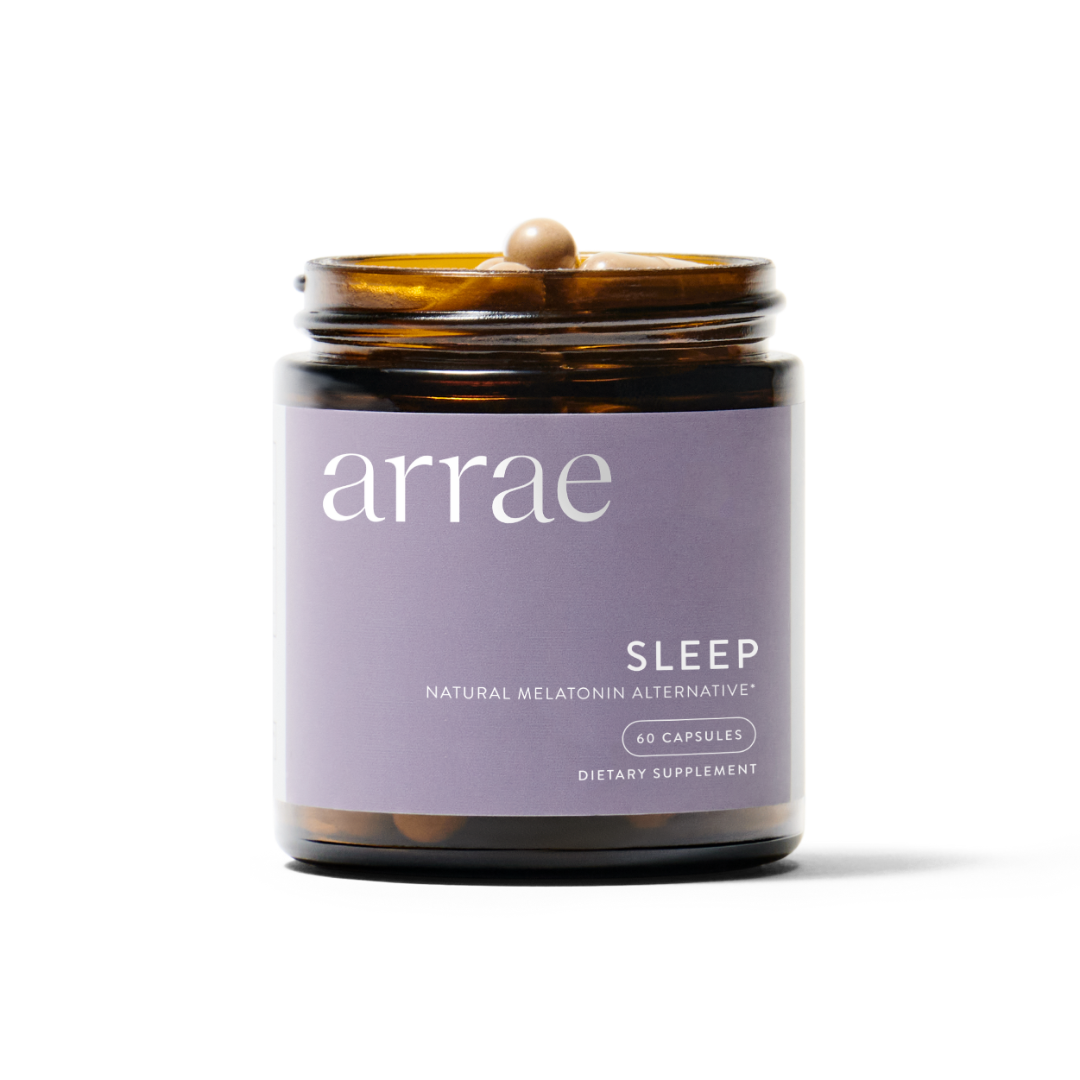
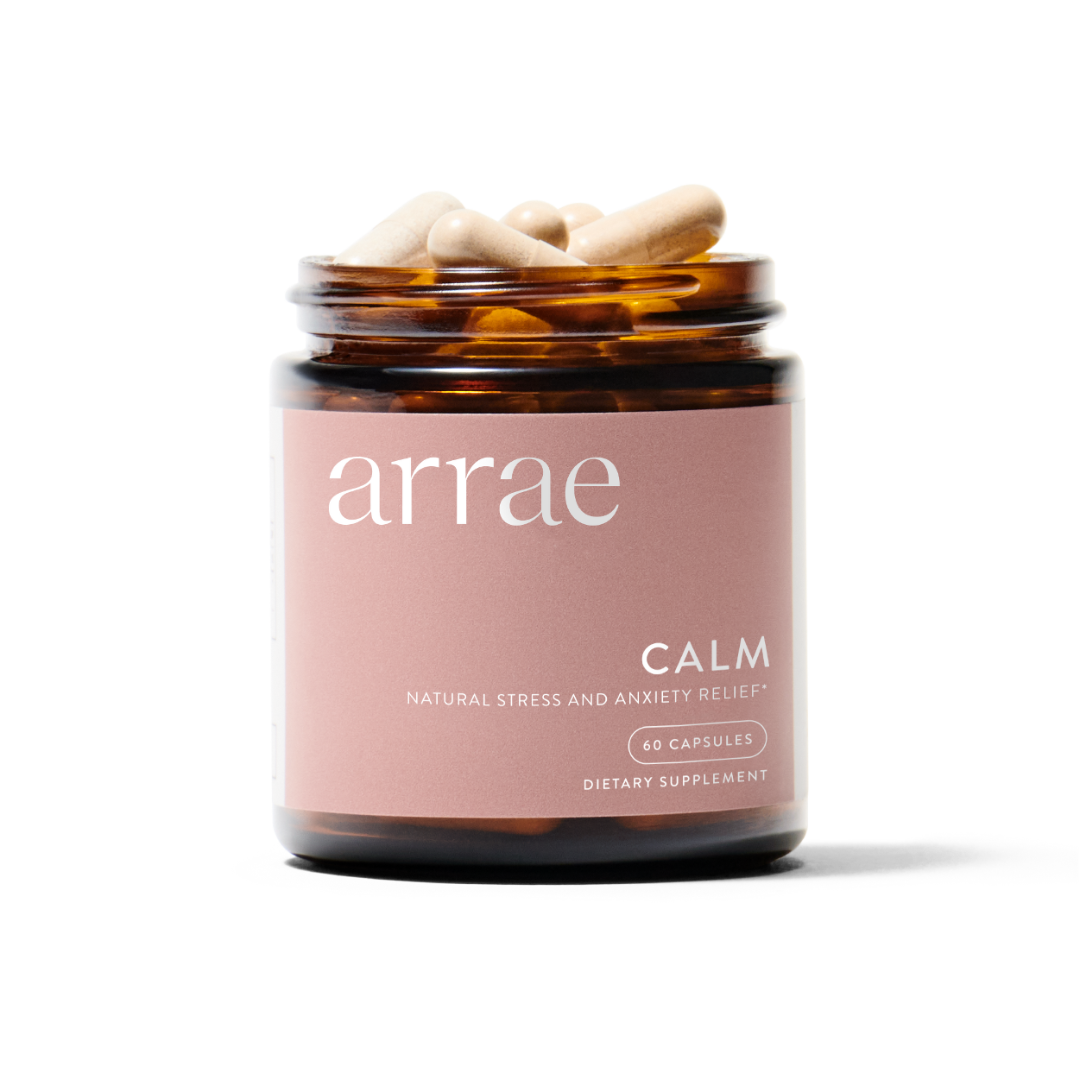


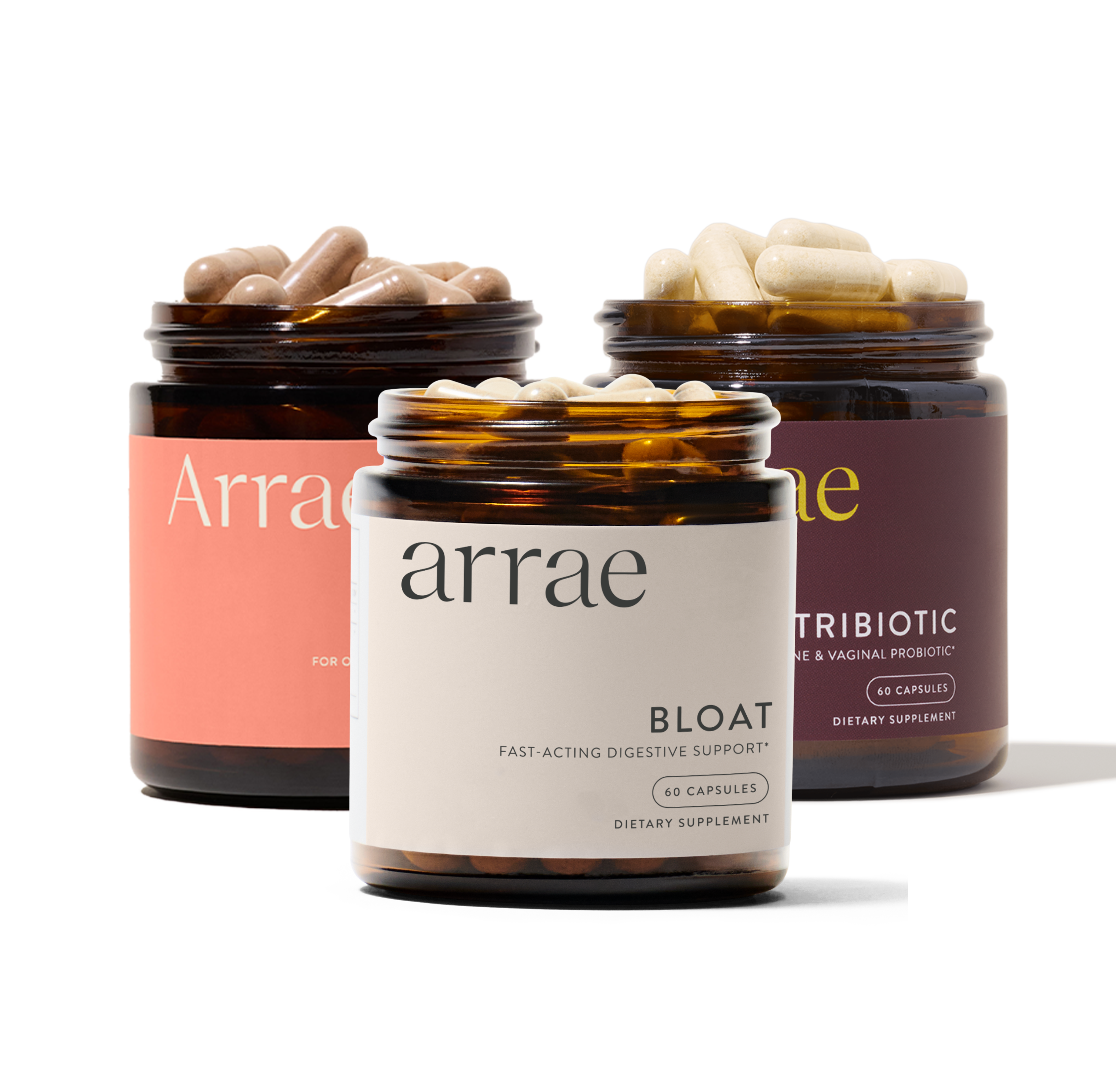
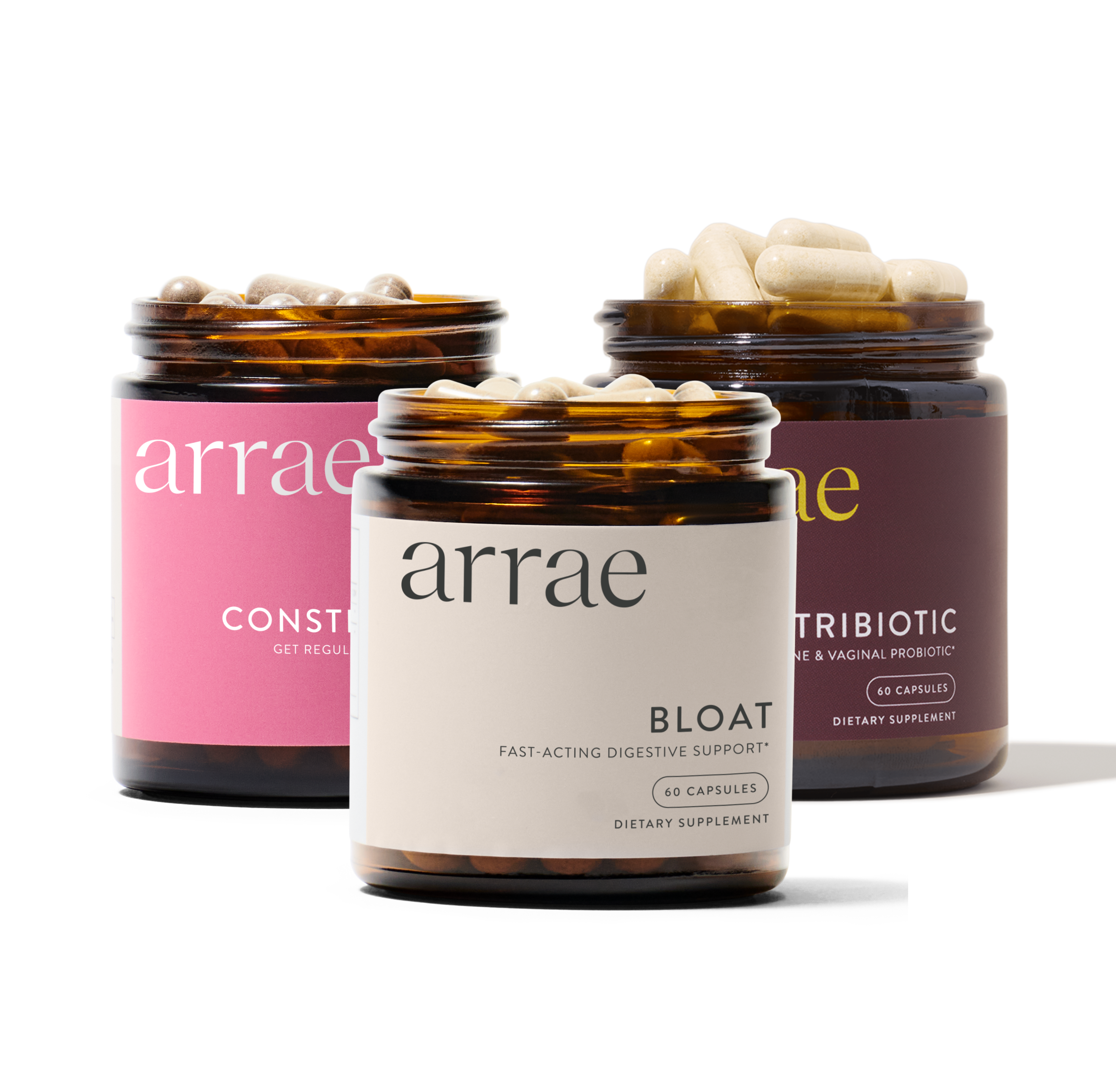









 Instagram
Instagram TikTok
TikTok Youtube
Youtube Facebook
Facebook Email
Email